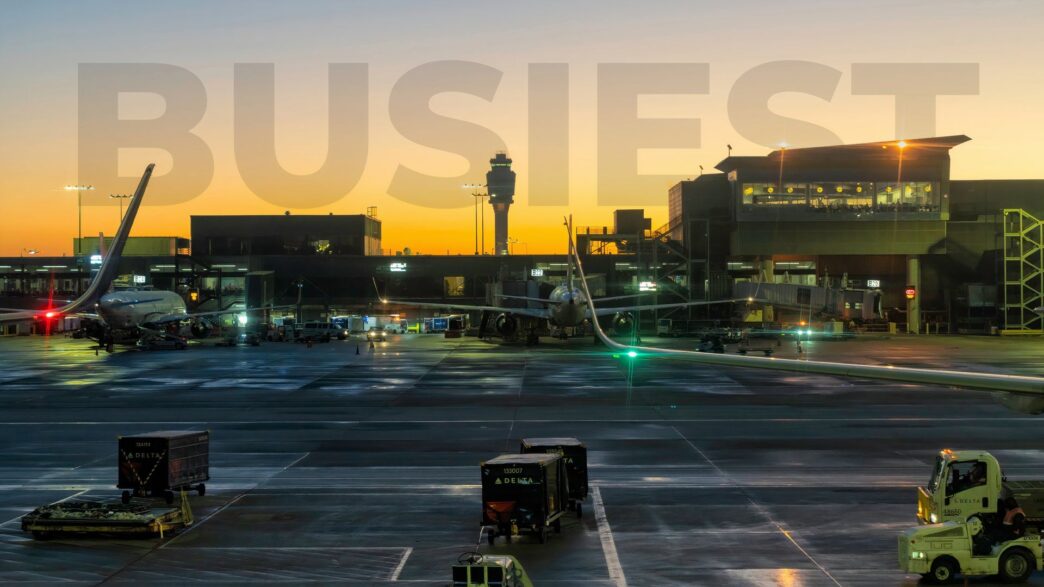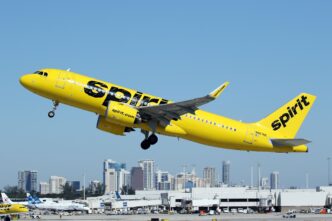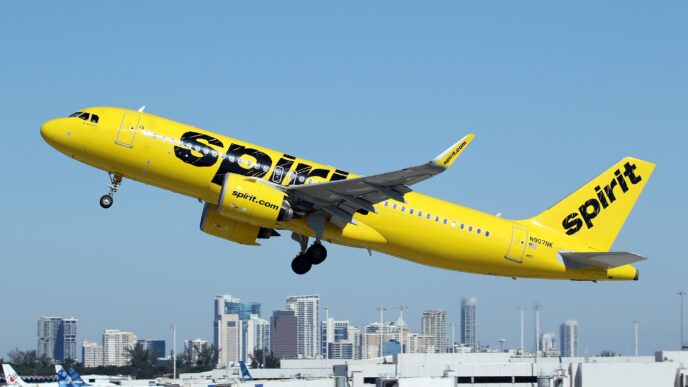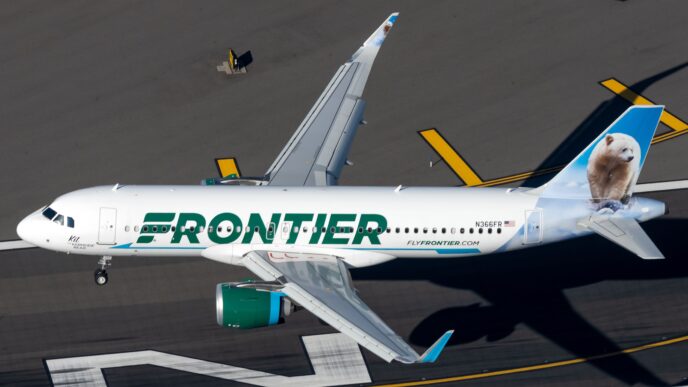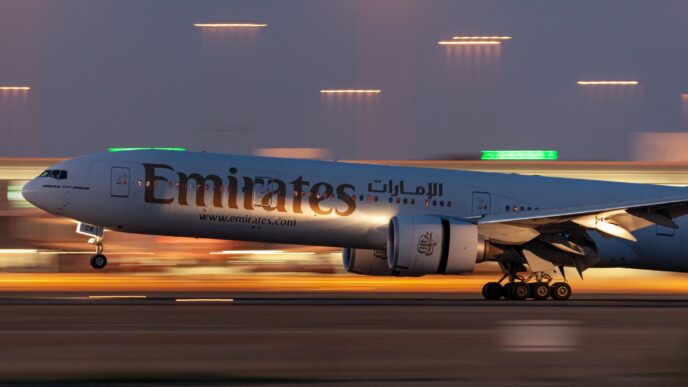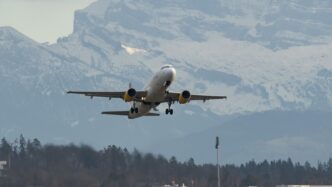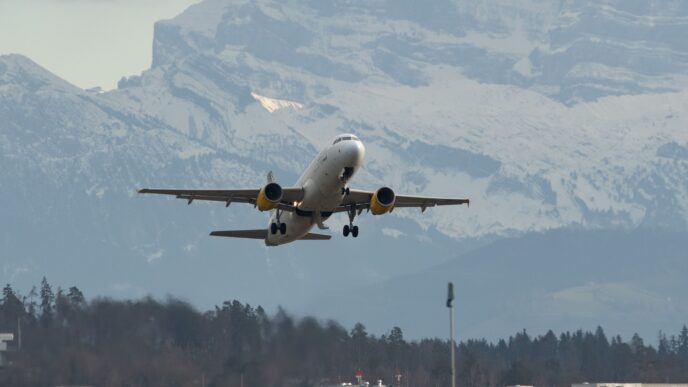In 2025, America’s busiest airports are more than just bustling transit hubs; they’re vital cogs in the wheel of both domestic and international air travel. These airports are not only crucial for moving people from point A to point B, but they also drive economic growth, serve as logistical giants, and are key players in the global travel network. As we dive into the post-pandemic travel boom, understanding which airports are leading the pack in terms of seat capacity and flight frequency is more important than ever. Airlines, airport authorities, and passengers alike are all paying close attention to these trends. Airlines use this data to fine-tune their routes and manage their fleets, while airports make strategic decisions about infrastructure and staffing. For travelers, airport efficiency and connectivity are becoming major factors in choosing flights. By tapping into the latest 2025 data from OAG and other industry sources, we can get a clear picture of which US airports are setting the pace and what that means for travel habits, airline strategies, and the future of flying.
When it comes to seat capacity, a key indicator of airport traffic and airline focus, Hartsfield-Jackson Atlanta International Airport (ATL) remains the top dog in the US. With around 5.7 million scheduled seats in July 2025, ATL shows a steady 1% increase from the previous year. This consistency highlights Atlanta’s role as Delta Air Lines’ main hub, known for its efficient operations and wide-reaching domestic and international connections. Meanwhile, Chicago O’Hare International Airport (ORD) is making waves with an impressive 11% jump in seat capacity, reaching about 4.76 million seats. This surge is a testament to the robust recovery and expansion efforts by United Airlines and American Airlines, both of which use ORD as a major hub for their transcontinental and transatlantic flights.
Denver International Airport (DEN) is also on the rise, reporting 4.65 million seats, marking a 3% increase from last year. On the other hand, Dallas/Fort Worth International Airport (DFW) has slightly dipped to 4.72 million seats, a 2% decrease from 2024. This decline might be due to American Airlines’ strategic shift, focusing more on profitable long-haul and point-to-point routes. As we look ahead, these trends offer valuable insights into how airports and airlines are adapting to the evolving travel landscape. #AviationTrends #AirportInsights #Travel2025
Originally reported by Simple Flying Read More

